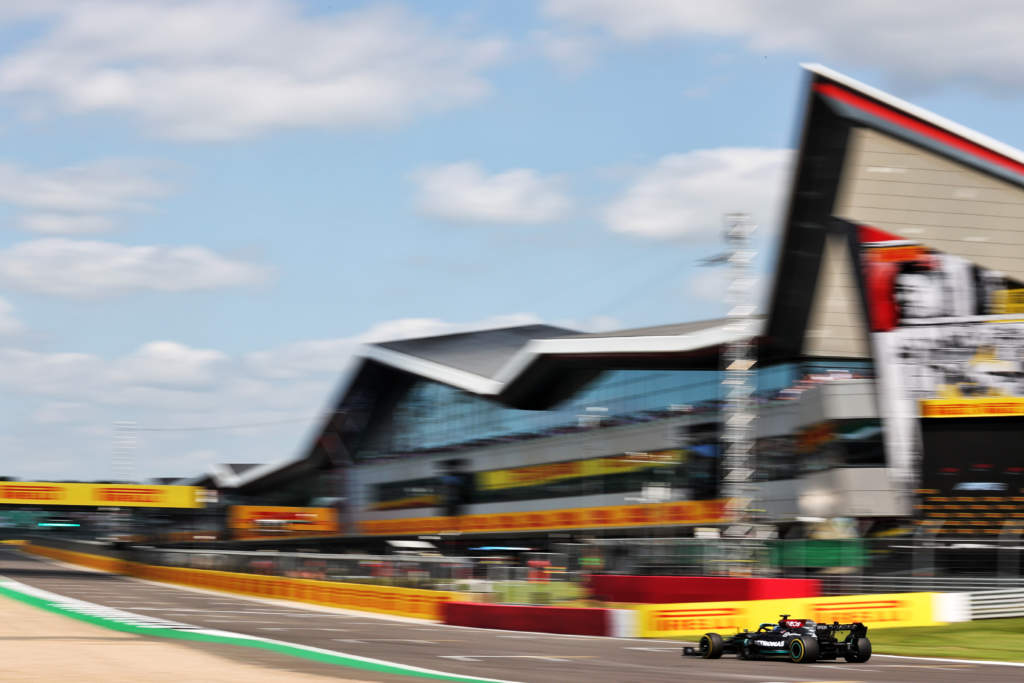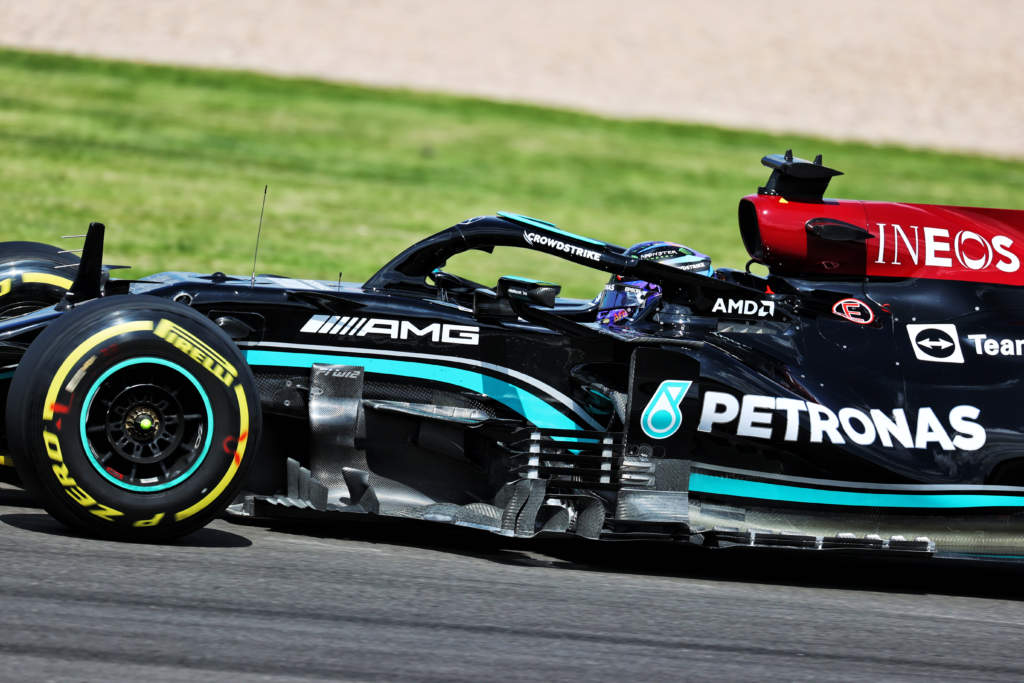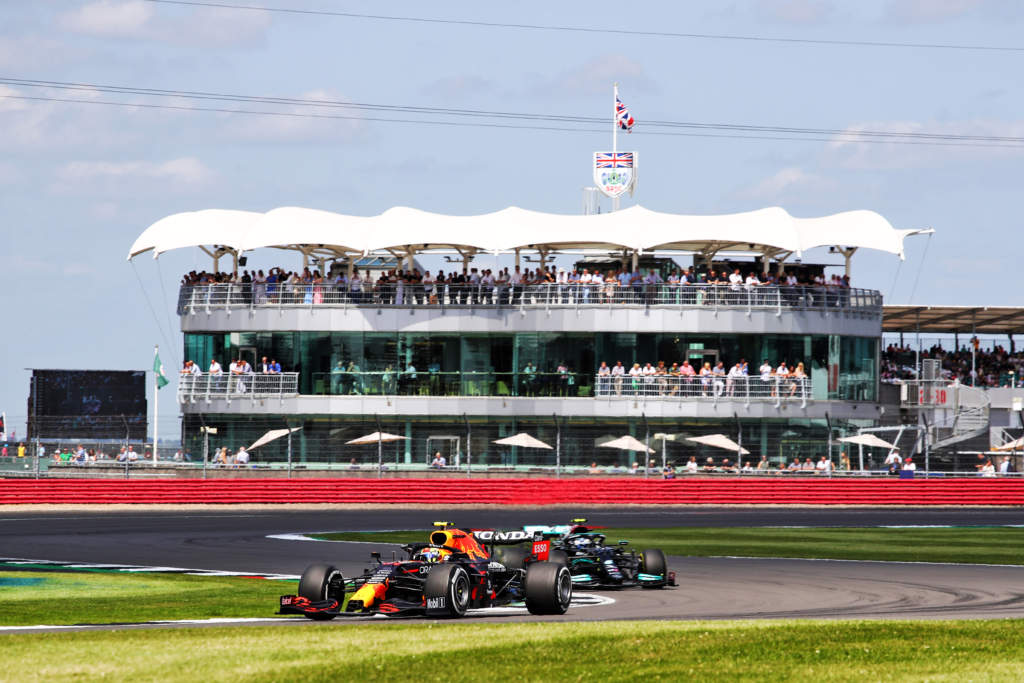Up Next

Mercedes and Red Bull diverged significantly on how to approach the challenge of Formula 1’s new format ahead of qualifying at the British Grand Prix.
F1’s debut sprint qualifying format presented teams with the unusual situation of having just one hour of practice before committing to their set-ups for qualifying and the rest of the weekend.
There is just a single one-hour Friday practice session before qualifying begins at 6pm local time on Friday. Saturday’s one-hour practice session, the 17-lap Saturday sprint race, and Sunday’s grand prix will all take place with cars locked into the set-ups they start qualifying with.
That put all the onus on performance running, set-up work and long-running in FP1, and triggered an intense session in which the drivers completed 3,051km between them – compared to 2,849km in FP1 for the Styrian Grand Prix.
With so much work to complete in such a short period of time, teams had various ways to conduct their running. Mercedes and Red Bull went for very different approaches.

Both Mercedes drivers headed out on mediums to complete an initial three-lap run before briefly returning to the pits.
They then returned to the track, with Hamilton having requested a +2 increase on the front wing flap, on the same set of mediums to complete what amounted to a sprint-race simulation. This covered 17 laps plus an in-lap.
With 14 minutes remaining, Bottas and Hamilton then returned to the track on softs for qualifying preparation. Both set their fastest laps of the session on their first flying laps on softs despite Hamilton complaining of “a bit of a vibration’ on the tyres while on his out-lap.
Thereafter, they diverged with Hamilton returning to the pits and having another run on the same set of sorts and Bottas completing six laps on his soft run before pitting and then briefly using his old mediums again at the end of the session.

Red Bull kept both drivers on the same programme for most of FP1, which started with two push laps on a five-lap stint on the hard tyre. although Bottas subsequently shaved a tenth of his time on his second push lap on softs.
The car’s balance looked slightly unstable, with Perez suffering a spin and Verstappen complaining of wind-affected oversteer.
They then switched to the medium to undertake more performance running, going comfortably quickest at the top of the times. Perez completed seven laps while Verstappen only did five.
Verstappen and Perez used the soft tyres for their final qualifying simulations, with Verstappen only needing one lap but Perez taking a second.
Verstappen returned to the track for the final 11 minutes to complete 10 more laps on the same set of used softs, while Perez diverged by rejoining with his initial set of hards for an eight-lap run.

Away from the top two there were some oddities among the programmes, notably those who did not use the soft tyres despite it being mandated in qualifying.
The soft tyre brings a balance shift so there is an element of risk in completing qualifying simulations on another compound.
Neither McLaren used the soft, although the medium tyre was still good enough for Norris to end FP1 second-quickest.
Alpine’s Fernando Alonso was the only other driver not to run the soft, although team-mate Esteban Ocon did run it at the end of the session. Prior to that, they both focused on hard running, completely 16 and 17 laps respectively split across two runs.
In addition to Red Bull, only Ferrari and Aston Martin ran all three tyre compounds.
Aston Martin driver Lance Stroll also took an unusual approach, using five different sets of tyres, albeit completing just one lap on his initial set of mediums.






